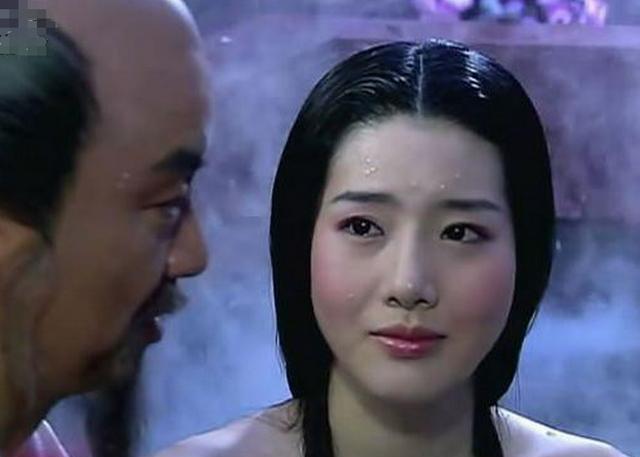In ancient history, the development process of thousands of years tells us that Japan is a very restless country, but whenever it has some strength, it begins to expand and compete for power. For example, after Japan completed its reunification, it began to invade Baekje, and finally Datang gave the most fatal blow. After Toyotomi Hideyoshi unified Japan, he immediately began to invade Korea, and was beaten back to his hometown by the Wanli Emperor. After the Meiji Restoration, Japan just had some strength and began to invade Taiwan and launch the Sino-Japanese War. Therefore, Japan's ambitions are actually thousands of years old.

After the Meiji Restoration, Japan actually began to develop expansion plans, then known as the Continental Plan, and the first step was to conquer the Korean Peninsula. At that time, although the Qing Empire was already weakening, it also accumulated considerable national strength in the foreign affairs movement, especially the Beiyang Fleet, which was the first in Asia at that time, and was still regarded as the most powerful country in Asia. Therefore, the biggest obstacle to Japan's expansion ambitions at this time was the Great Qing.
The Qing Dynasty was regarded as Japan's greatest enemy and the ultimate target of conquest, and after 1894, the vulnerability of the Qing Dynasty made Japan see that it was obviously inappropriate to make the Qing the number one enemy. Moreover, at this time, the "Maguan Treaty" ceded the Liaodong Peninsula but was obstructed by Tsarist Russia, so it was forced to spit out the fat that was about to be swallowed, so Japan was very unwilling. However, at that time, Japan's strength was not enough to defeat Tsarist Russia, so from the Sino-Japanese War, Tsarist Russia became Japan's number one enemy, and China fell to the second place.
Thus, 10 years of preparations were also initiated, and in 1904, Japan defeated Tsarist Russia under extremely difficult circumstances, not only occupying half of Sakhalin Island, but also completely gaining the power to annex the Korean Peninsula, and in 1910 the Then Korean Empire was annexed by Japan. And Tsarist Russia and the Qing Dynasty are not worried. However, after World War I, Japan, as a victorious power, intended to sit on an equal footing with the West and divide the world, so it was very hegemonic to occupy Germany's interests in China, and it can be said that it took advantage of it.
However, the United States constantly obstructed Japan's ambitions at that time, and finally at the Paris Peace Conference, it forcibly set the ratio of Britain and the United States to the Pacific Fleet at 5:5:3, which meant that Japan, although a victorious power, had to reduce its naval strength. This made the United States a hostile country for Japan. And after the Paris Peace Conference, Japan developed a strategic plan with greater ambitions to conquer Asia and dominate the world.
To this end, the Army Chief of Staff and the Naval Command revised the defense plan, and at this time listed three major obstacles to this ambition, namely the three potential enemies. In this plan, the Soviet Union continued to be recognized as Japan's number one enemy, the United States as the second enemy after the Soviet Union, and China as the third enemy. The reason why the Soviet Union is the number one enemy is mainly two points.
First, at that time, the ideological problem of the Soviet Union was a socialist country, and its economy recovered rapidly, and it had strong military strength, and Japan was very jealous; second, the hatred of the Russo-Japanese War, coupled with the series of frictions that followed, coupled with the fierce competition in northeast China. As a result, Japan and Russia were full of contradictions, so the Soviet Union naturally became the greatest enemy. After launching the war of aggression against China, Japan directly engaged the third enemy, China, and after attempting to occupy China, it first resolved the threat of the number one enemy, the Soviet Union, and finally put an end to the United States.
Therefore, the army fought against the Soviet Union, but after the battle of Nomenkan and other battles, Japan was defeated and returned, and it was forced to abandon the northward plan after really seeing the strength of the Soviet Union. Instead, they fought southwards in an attempt to turn the spearhead to the Soviet Union after the United States had a strong base of strength. However, in the end, Japan not only did not even solve the third enemy, China, but also provoked the three countries of China, the United States and the Soviet Union one after another, and after the Pearl Harbor incident, the three countries united, and Japan was gradually destroyed.